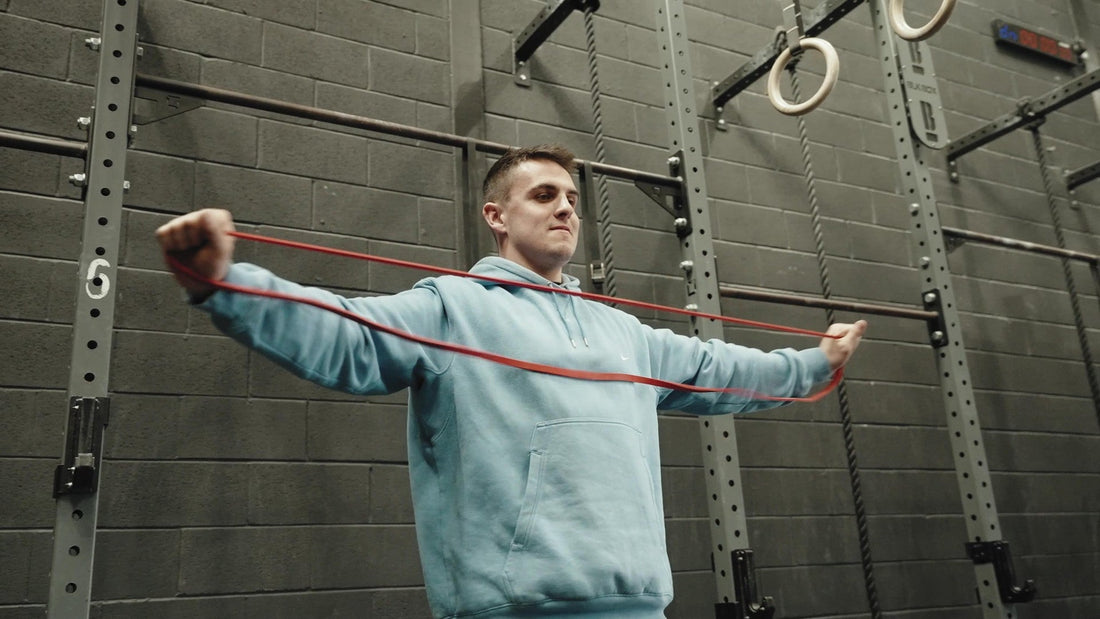
The Hidden Science Behind Every Great Athletic Performance
Share
When James Hume steps onto the rugby pitch at Kingspan Stadium, thousands of fans see the explosive tackles, precise passes, and split-second decisions that define elite rugby. What they don't see is the training, the preparation and the rest, which might be the most important part of his performance.
The Midnight Recovery Revolution
Picture this: It's 11pm, and while James is sleeping in darkness thanks to his BlocOut blinds, his body is working harder than during any training session. His brain has just signalled the pineal gland to flood his system with melatonin, the master recovery hormone that most athletes have never heard of.
This isn't just about feeling sleepy. Melatonin acts like a conductor orchestrating a symphony of recovery processes. It initiates the deep sleep phases where growth hormone peaks, reaching levels up to five times higher than during wakefulness. This is when James's muscles actually rebuild stronger from his training, when his immune system repairs the microscopic damage from tackles and scrums.
The Body's Hidden Workshop
During those crucial hours between midnight and dawn, James's body becomes a bustling repair workshop. His core temperature drops naturally, creating the perfect environment for cellular recovery. Energy stores that were depleted during training get fully restocked. Most remarkably, his brain literally washes itself, clearing metabolic waste through the glymphatic system—a process that only happens during deep sleep.
But here's where the story gets interesting: even a tiny streetlight creeping through a gap in regular curtains can sabotage this entire process. Research shows that exposure to just 5 lux of light—barely brighter than a dim nightlight—can suppress melatonin production by up to 50%. Suddenly, that repair workshop slows to a crawl.
The Domino Effect of Disrupted Sleep
Sleep scientist Dr. Matthew Walker's research reveals that athletes with disrupted sleep experience a 23% decline in performance metrics and face 42% higher injury risk. For someone like James, recovering from an ACL tear, this isn't just about performance—it's about his career.
When circadian rhythms get disrupted by light pollution, the effects cascade through every system. Reaction times slow, decision-making suffers, and that split-second advantage that separates professional athletes from amateurs disappears. The body's internal clock, finely tuned over millions of years of evolution, gets confused by artificial light signals.
The Temperature Connection
There's another fascinating element to James's sleep optimization that most people miss. His body naturally drops in temperature as melatonin rises, creating optimal conditions for deep sleep. Optimum darkness supports this cooling process, while even minimal light exposure can interfere with temperature regulation, keeping the body in a more alert state when it should be recovering.
When Recovery Becomes Performance
The magic happens during Stage 3 sleep—the deep, restorative phase where James's Whoop band records his highest recovery scores. This is when muscle fibres don't just heal, they adapt and strengthen. Neural pathways formed during skills training get consolidated, turning conscious movements into instinctive reactions.
Professional sports nutritionist Sarah Johnson explains it perfectly: "We spend thousands on supplements, equipment, and coaching, but the most powerful performance enhancer is free—it just requires complete darkness to work properly."
The Athlete's Edge
Every elite athlete is searching for legal advantages, the marginal gains that separate champions from competitors. James discovered his edge wasn't in a supplement bottle or high-tech equipment—it was in creating the perfect darkness for his body's natural recovery systems to function optimally.
As James puts it: "I would highly recommend BlocOut blinds to anyone who's looking to improve their sleep or maximise recovery." The science backs up his experience: complete darkness isn't a luxury for elite athletes; it's a necessity for anyone serious about performance and recovery.




